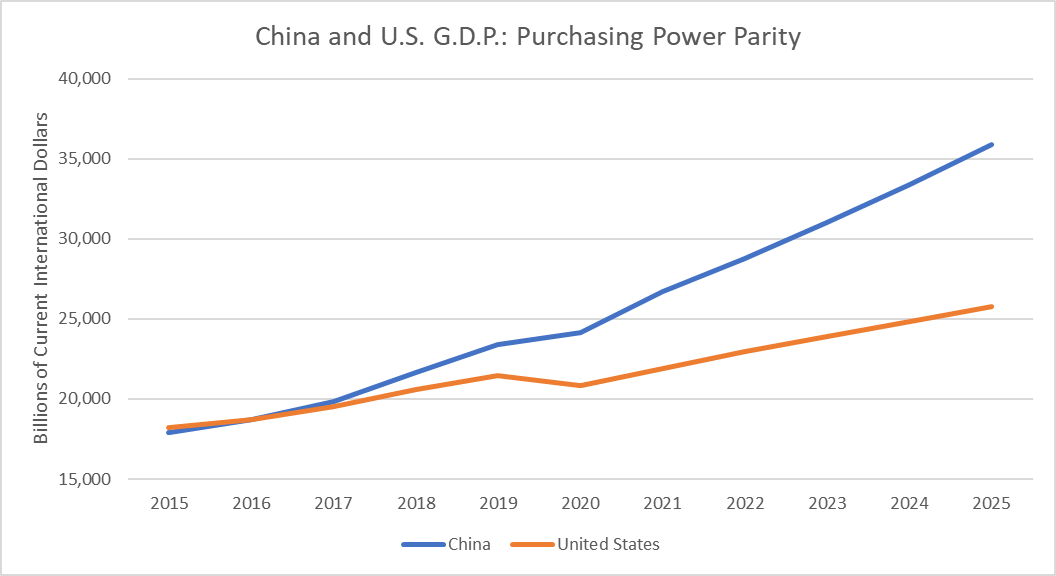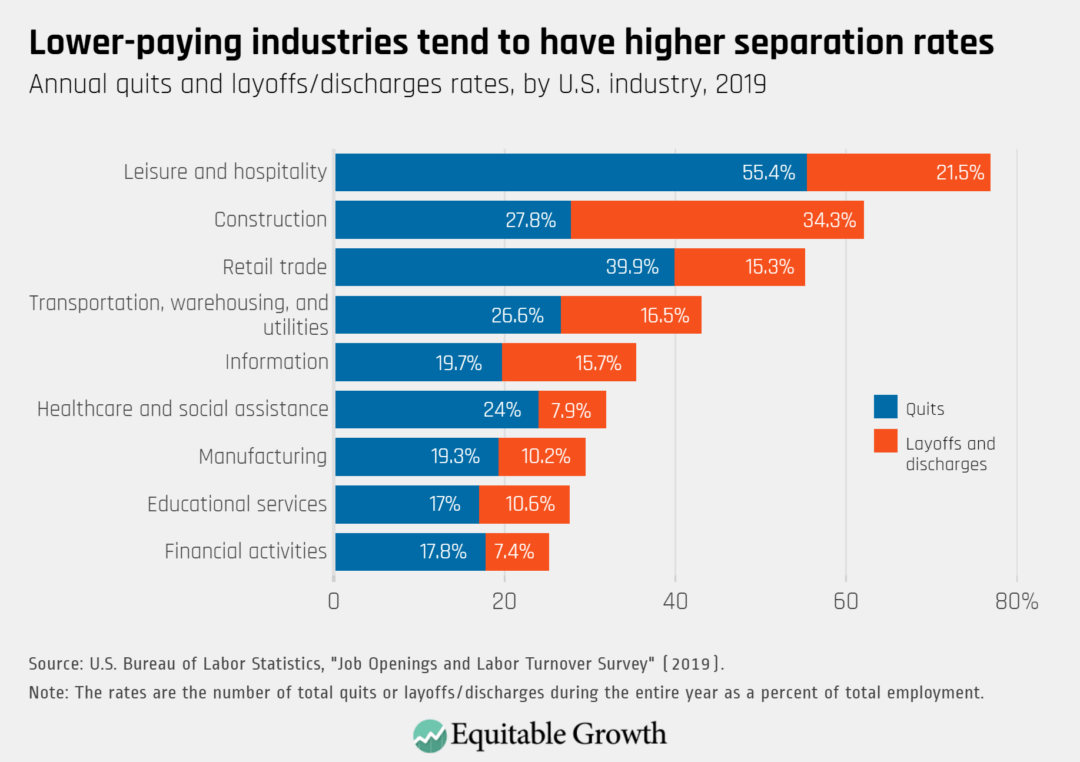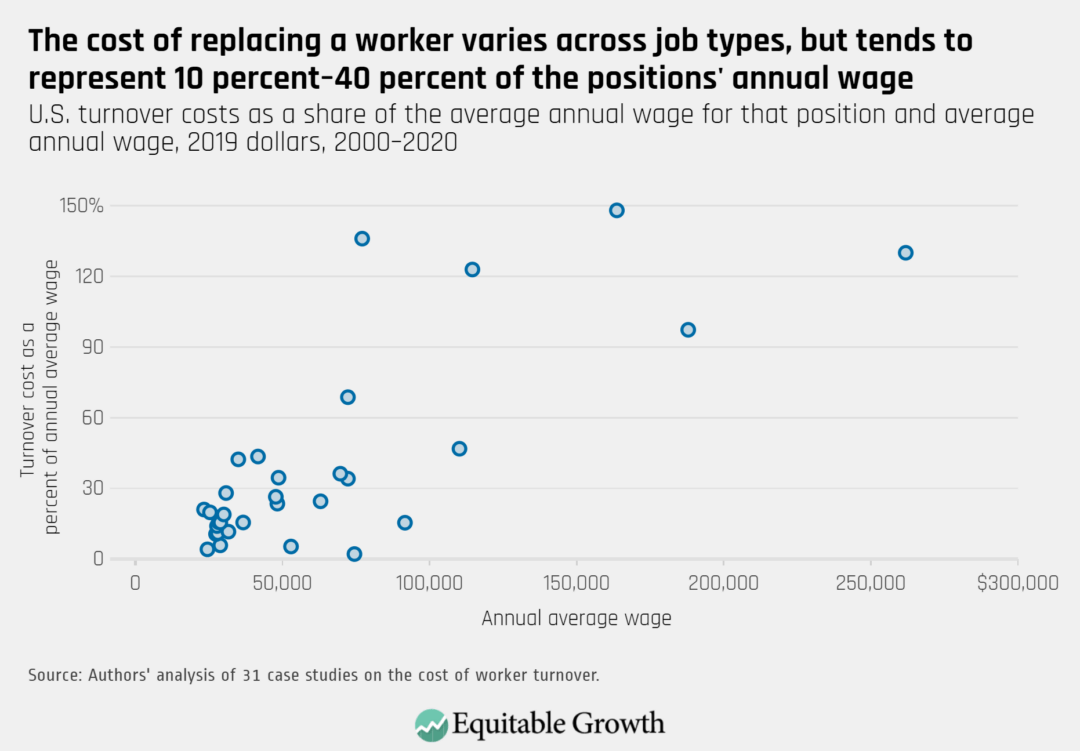https://www.bloomberg.com/opinion/articles/2020-12-27/america-can-t-beat-chinese-tech-with-a-new-iron-curtain
The election of Joe Biden will not end the U.S.-China trade war. Biden has already vowed to keep outgoing President Donald Trump's tariffs as leverage for negotiations. That signals the dawn of a permanent new era of economic competition between the two superpowers. But beyond the flashy, headline-grabbing issue of tariffs and trade deals, there's another, more important economic struggle being waged -- the battle to control technology industries. And the U.S. is deploying some very risky weapons to win it.
As China approaches technological parity with the U.S. in a variety of high-value industries, the U.S. has acted to maintain supremacy. Under Trump, the Committee on Foreign Investment in the U.S. (CFIUS) dramatically stepped up its blockage of Chinese acquisitions of U.S. companies -- a major way that China appropriates advanced technology. Though natural security is the official justification for this, retaining U.S. commercial dominance is undoubtedly an additional goal.
CFIUS's tougher approach will probably continue under Biden. This is probably a smart move, as Chinese acquirers have little to offer the U.S. tech industry except capital, and it's already awash in that, thanks to low interest rates and continued inflows of foreign and domestic money. But what's less obviously smart is Trump's other big weapon against the Chinese tech industry: export controls.
Export controls prevent U.S. companies from selling technology to Chinese companies. Although China is getting more advanced, its flagship companies still depend on various specialized hardware and software products that are only produced by one or two highly specialized companies in the U.S. or other developed nations -- for example, equipment used to make semiconductors. Blocking the flow of these products can severely hamper a Chinese company's business. This weapon was first wielded against Huawei Technologies Co., China's premier telecom equipment maker and the leading contender in the race to supply 5G technology. For a while it looked as if Trump had relented, but this fall he cracked down even harder.
The controls have succeeded in hurting Huawei's business substantially, at least in the short term. That has apparently encouraged Trump to double down on the tactic. His administration recently extended export controls to more than 60 Chinese companies, including flagship semiconductor maker SMIC and world-beating drone maker DJI. The official justification is these companies' involvement with the Chinese military. But the latest round of controls also seem aimed at preventing China from gaining dominance in any high-value, high-tech industry.
This is a very dangerous game. Stopping trade secrets from leaking from the U.S. to China is one thing. But trying to smash the Chinese tech industry is a far taller order, and it seems unlikely to succeed.
Countries specialize when they trade with each other. The U.S. is great at software, Japan at car manufacturing, Taiwan at making semiconductors, and so on. For China to be integrated with the world economy while not specializing in any internationally competitive high-tech products at all would be extremely strange. China is no longer the low-cost assembly platform it was in the 2000s, slapping together iPhones with components made in Korea and Japan; its tech talent and accumulated knowledge are now world-class. Someone, somewhere, will want to buy Chinese tech products, and the U.S. won't be able to stop them.
And in the meantime, export controls are hurting U.S. companies. If China can't buy high-tech equipment, semiconductors, and software from the U.S., then it will go buy them from Japan or Europe or elsewhere. Or if the U.S. manages to block that too, then China will simply learn how to make the products itself. The main enduring result will be a loss of revenue for American manufacturers, who will now be permanently shut out of the Chinese market.
Thus export controls could easily end up hurting the U.S. more than China. The Peterson Institute for International Economics reports that as of July, China accounted for a quarter of U.S. semiconductor manufacturers' revenues, but China only got 5% of its semiconductors from the U.S. So American suppliers can be replaced more easily than the Chinese market can.
The PIIE report also notes U.S. equipment makers will lose business elsewhere too, because other countries are afraid the U.S. will try to stop them from selling products to China made with American equipment. And export controls deter foreign manufacturers from investing in the U.S., as then they might not be able to sell to China.
In other words, export controls are an attempt to force the global tech industry to divide neatly into two spheres — one Chinese and one American. But because the Chinese market is so huge, America could easily find its own sphere far smaller and more pitiful than the Chinese one. By sealing itself behind an economic Iron Curtain, the U.S. risks repeating the mistakes made by its vanquished Cold War rival, the Soviet Union.
Export controls are simply too dangerous a tool for economic competition. There are other ways to limit the reach of Chinese military technology, such as the increasingly successful effort to nudge the world away from Huawei's 5G tech. The U.S. should stick to tools like that, while upgrading its own technology industry and spending more on research.
The election of Joe Biden will not end the U.S.-China trade war. Biden has already vowed to keep outgoing President Donald Trump's tariffs as leverage for negotiations. That signals the dawn of a permanent new era of economic competition between the two superpowers. But beyond the flashy, headline-grabbing issue of tariffs and trade deals, there's another, more important economic struggle being waged -- the battle to control technology industries. And the U.S. is deploying some very risky weapons to win it.
As China approaches technological parity with the U.S. in a variety of high-value industries, the U.S. has acted to maintain supremacy. Under Trump, the Committee on Foreign Investment in the U.S. (CFIUS) dramatically stepped up its blockage of Chinese acquisitions of U.S. companies -- a major way that China appropriates advanced technology. Though natural security is the official justification for this, retaining U.S. commercial dominance is undoubtedly an additional goal.
CFIUS's tougher approach will probably continue under Biden. This is probably a smart move, as Chinese acquirers have little to offer the U.S. tech industry except capital, and it's already awash in that, thanks to low interest rates and continued inflows of foreign and domestic money. But what's less obviously smart is Trump's other big weapon against the Chinese tech industry: export controls.
Export controls prevent U.S. companies from selling technology to Chinese companies. Although China is getting more advanced, its flagship companies still depend on various specialized hardware and software products that are only produced by one or two highly specialized companies in the U.S. or other developed nations -- for example, equipment used to make semiconductors. Blocking the flow of these products can severely hamper a Chinese company's business. This weapon was first wielded against Huawei Technologies Co., China's premier telecom equipment maker and the leading contender in the race to supply 5G technology. For a while it looked as if Trump had relented, but this fall he cracked down even harder.
The controls have succeeded in hurting Huawei's business substantially, at least in the short term. That has apparently encouraged Trump to double down on the tactic. His administration recently extended export controls to more than 60 Chinese companies, including flagship semiconductor maker SMIC and world-beating drone maker DJI. The official justification is these companies' involvement with the Chinese military. But the latest round of controls also seem aimed at preventing China from gaining dominance in any high-value, high-tech industry.
This is a very dangerous game. Stopping trade secrets from leaking from the U.S. to China is one thing. But trying to smash the Chinese tech industry is a far taller order, and it seems unlikely to succeed.
Countries specialize when they trade with each other. The U.S. is great at software, Japan at car manufacturing, Taiwan at making semiconductors, and so on. For China to be integrated with the world economy while not specializing in any internationally competitive high-tech products at all would be extremely strange. China is no longer the low-cost assembly platform it was in the 2000s, slapping together iPhones with components made in Korea and Japan; its tech talent and accumulated knowledge are now world-class. Someone, somewhere, will want to buy Chinese tech products, and the U.S. won't be able to stop them.
And in the meantime, export controls are hurting U.S. companies. If China can't buy high-tech equipment, semiconductors, and software from the U.S., then it will go buy them from Japan or Europe or elsewhere. Or if the U.S. manages to block that too, then China will simply learn how to make the products itself. The main enduring result will be a loss of revenue for American manufacturers, who will now be permanently shut out of the Chinese market.
Thus export controls could easily end up hurting the U.S. more than China. The Peterson Institute for International Economics reports that as of July, China accounted for a quarter of U.S. semiconductor manufacturers' revenues, but China only got 5% of its semiconductors from the U.S. So American suppliers can be replaced more easily than the Chinese market can.
The PIIE report also notes U.S. equipment makers will lose business elsewhere too, because other countries are afraid the U.S. will try to stop them from selling products to China made with American equipment. And export controls deter foreign manufacturers from investing in the U.S., as then they might not be able to sell to China.
In other words, export controls are an attempt to force the global tech industry to divide neatly into two spheres — one Chinese and one American. But because the Chinese market is so huge, America could easily find its own sphere far smaller and more pitiful than the Chinese one. By sealing itself behind an economic Iron Curtain, the U.S. risks repeating the mistakes made by its vanquished Cold War rival, the Soviet Union.
Export controls are simply too dangerous a tool for economic competition. There are other ways to limit the reach of Chinese military technology, such as the increasingly successful effort to nudge the world away from Huawei's 5G tech. The U.S. should stick to tools like that, while upgrading its own technology industry and spending more on research.
-- via my feedly newsfeed



